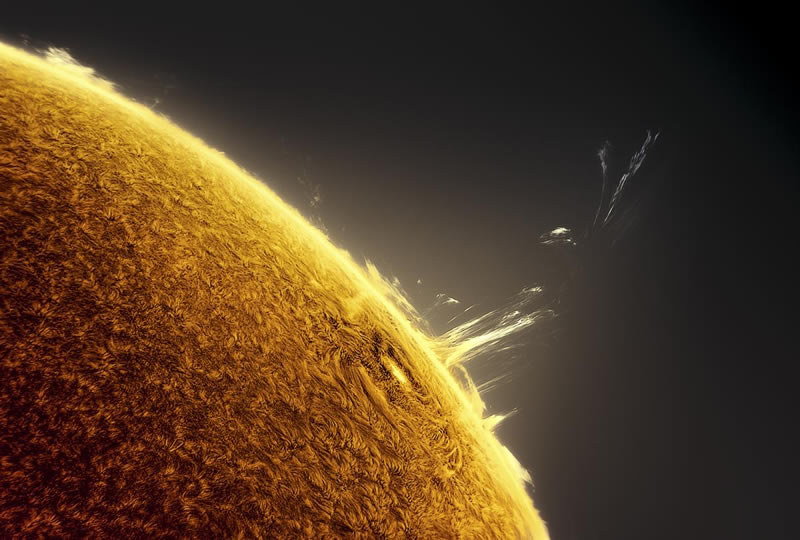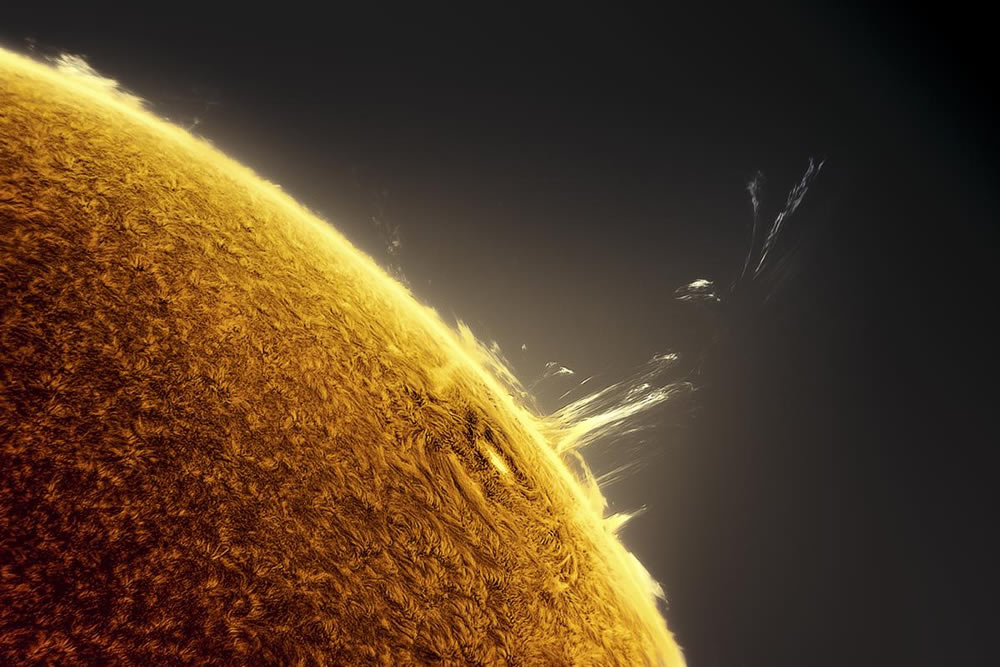Each year, the Astronomy Photographer of the Year competition captivates the world with breathtaking images of the cosmos. Among the myriad celestial marvels captured by talented astrophotographers, perhaps none are as mesmerizing as the images of our closest star, the Sun.
These stunning photographs offer glimpses into the dynamic and ever-changing nature of the Sun, revealing intricate details of its surface, mesmerizing solar flares, and captivating solar phenomena.
Here are 11 stunning sun photos from this prestigious competition. Entry to the 2024 competition is now open. The entry window closes at 12pm GMT on 5 March. Find out more about the competition, rules and prizes below, and submit your entries here. Scroll down and inspire yourself. You can check their website for more information.
You can find more info about RMG:
#1. Winner: A Sun Question by Eduardo Schaberger Poupeau
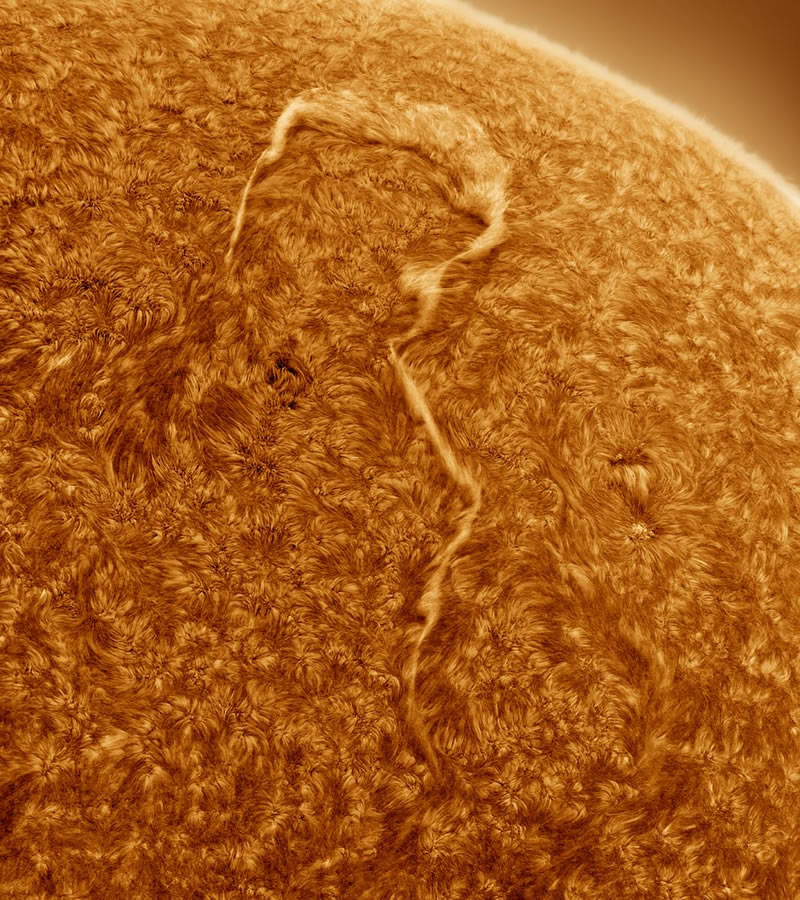
Taken in Rafaela, Santa Fe, Argentina, 1 October 2022
“The Sun continues to exhibit mysterious behaviour and often its dynamics can be unpredictable,” explains winning photographer Eduardo. “On the morning of 1 October, it wanted to show us in a very graphic way that it is a star with many unanswered questions, demonstrated clearly by this huge and beautiful filament in the shape of a question mark.
#2. Runner-up: Dark Star by Peter Ward
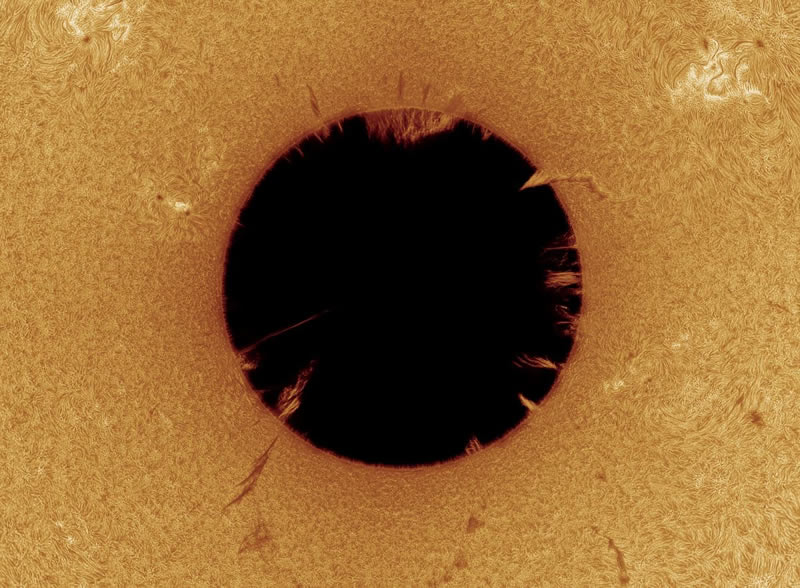
Taken in Barden Ridge, New South Wales, Australia, 4 January 2023
“When viewed through an extremely narrowband-pass filter centred H-alpha light, our Sun will reveal fleeting magnetic field lines, filaments, flares, spicules and prominences that can change over a matter of minutes,” says Peter. “Massive prominences that extend to beyond the radius of the Sun do appear occasionally, but even ‘normal-sized’ events that can appear relatively small compared to the solar disc are vast structures. This image was processed using an inverted polar to rectangular transformation to better showcase the scale and structure of these often-impressive eruptions around the Sun’s periphery. This transformation turns the Sun ‘inside-out’ and in doing so highlights prominence activity around the edge of our nearest star.”
#3. Highly Commended: The Great Solar Flare by Mehmet Ergün
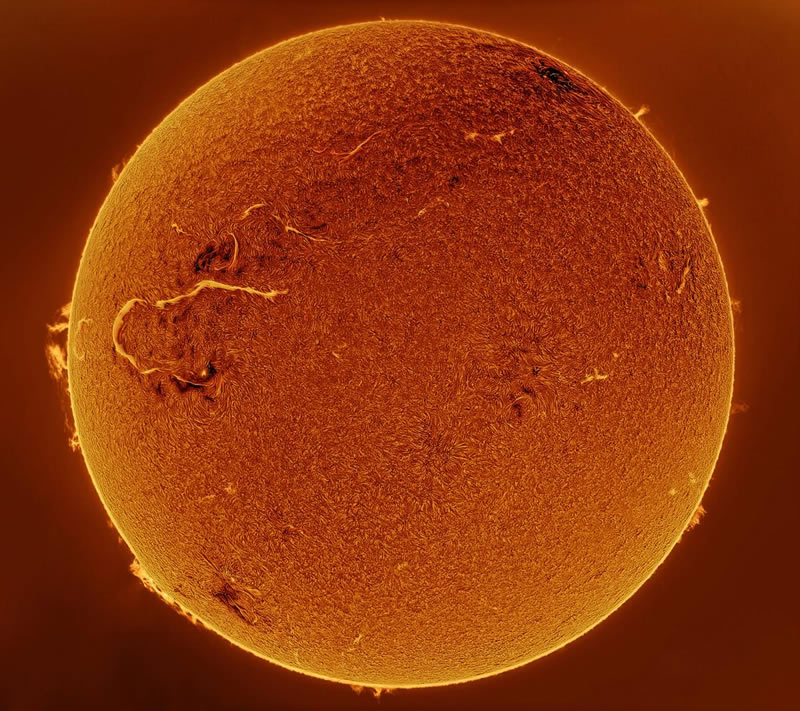
Taken in Traisen, Germany, 4 September 2022
“Here we see our Sun, photographed using an H-alpha solar telescope,” explains Mehmet. “The Sun is moving towards its maximum cycle, and in the photo, we can see a large solar flare. Solar flares are sudden bursts of magnetic energy on the surface of the Sun. These eruptions can be very large, as seen in the image. According to our calculation, this solar flare is about 700,000 km long; Earth has a diameter of about 12,700 km.”
#4. Shortlist: Falcon Solar Transit by Michael Seeley
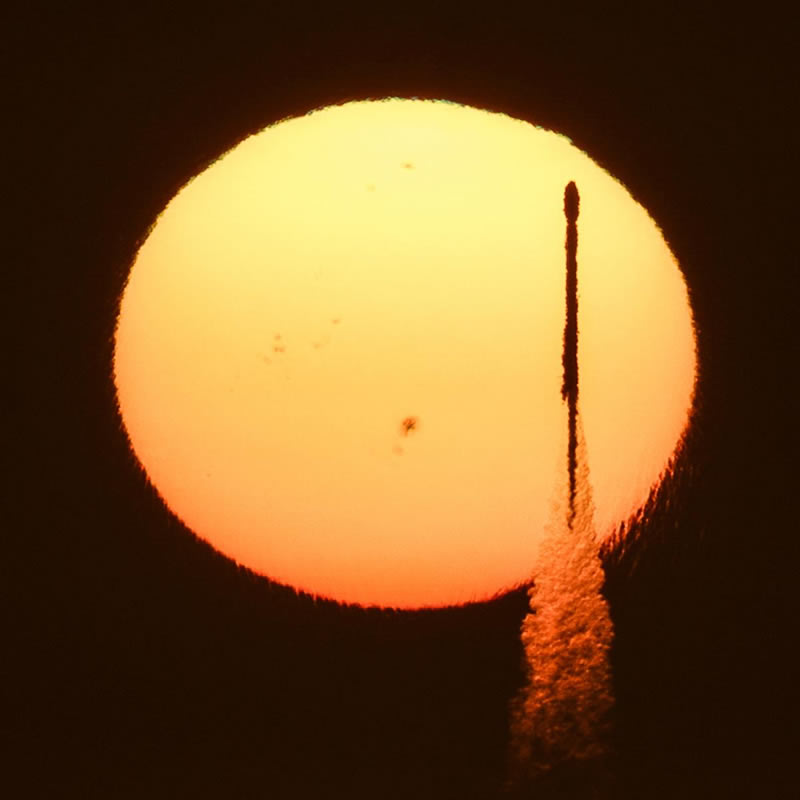
#5. Shortlist: The Advance of Darkness by Alessandro Ravagnin
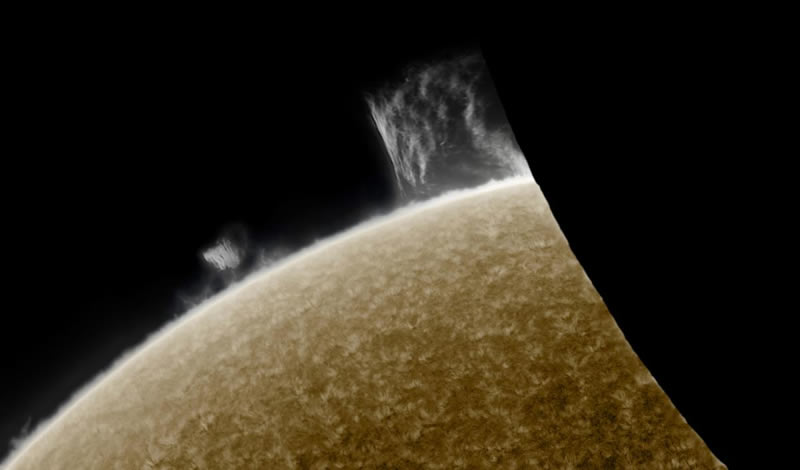
#6. Shortlist: Grazing Mammoths by Rafael Schmall
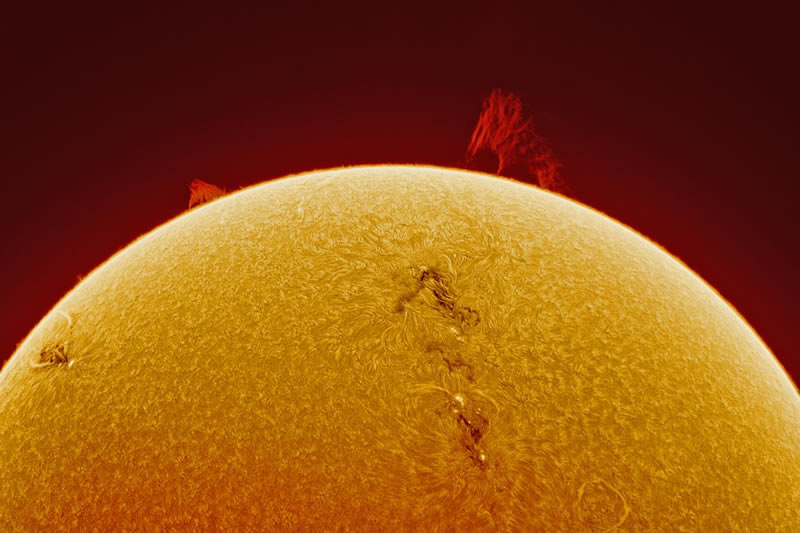
#7. Shortlist: Sunspots: AR2993 / AR2994 by Tristan Campbell
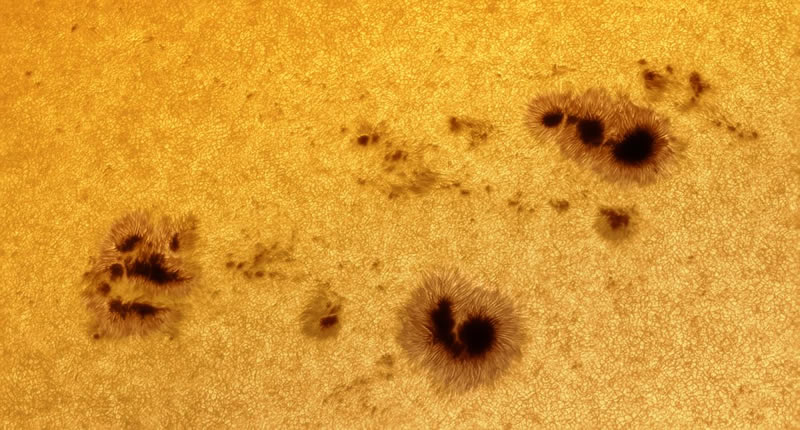
#8. Shortlist: Loop Prominence by Eduardo Schaberger Poupeau
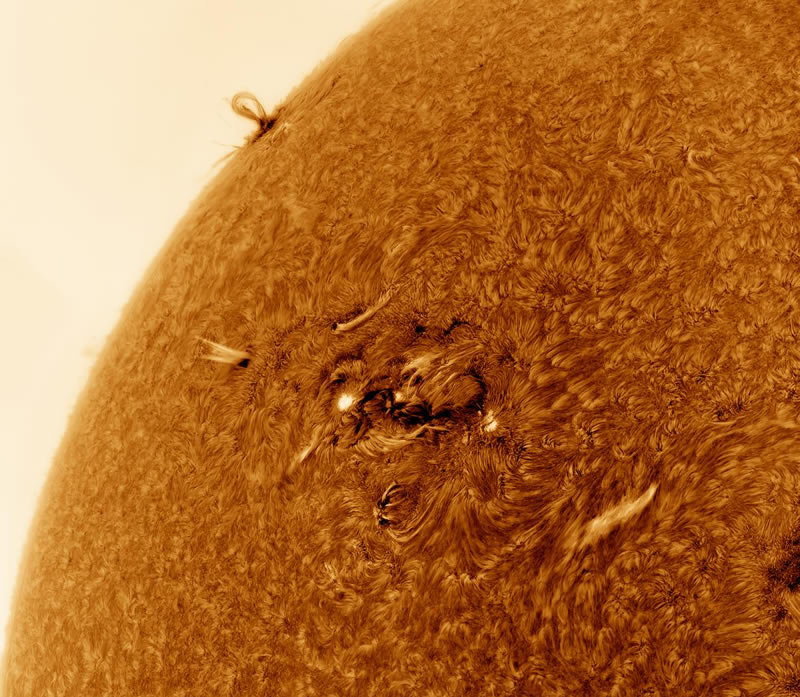
#9. Shortlist: Partial Solar Eclipse over Kirti Stambh and Temple, Chittorgarh Fort by Abhinav Singhai
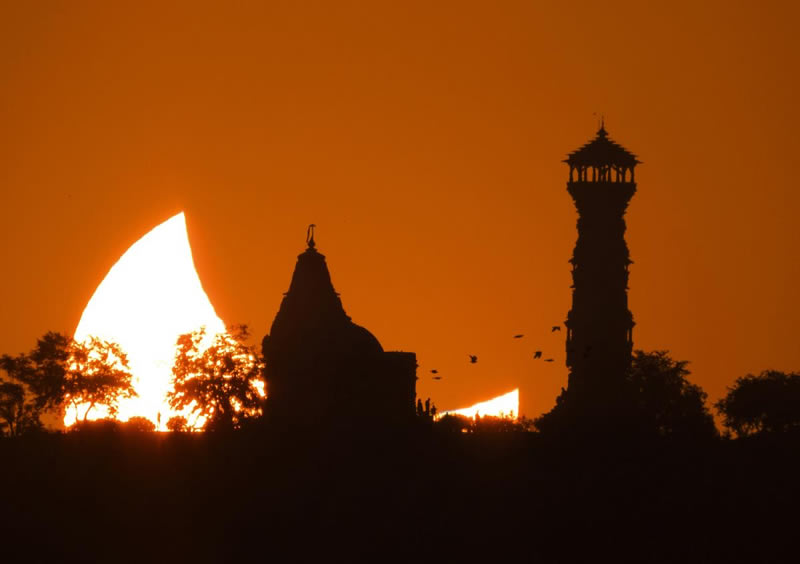
#10. Shortlist: From Solstice to Solstice by Cem Özkeser and Tunç Tezel
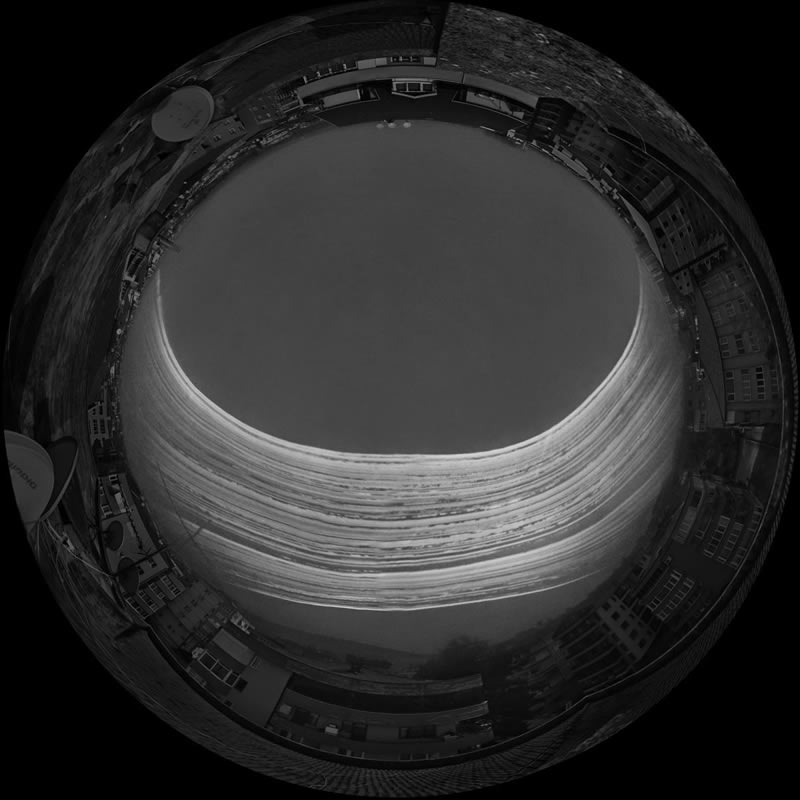
#11. Shortlist: Solar Flare X1 from AR2994 in ‘Motion’ by Miguel Claro
